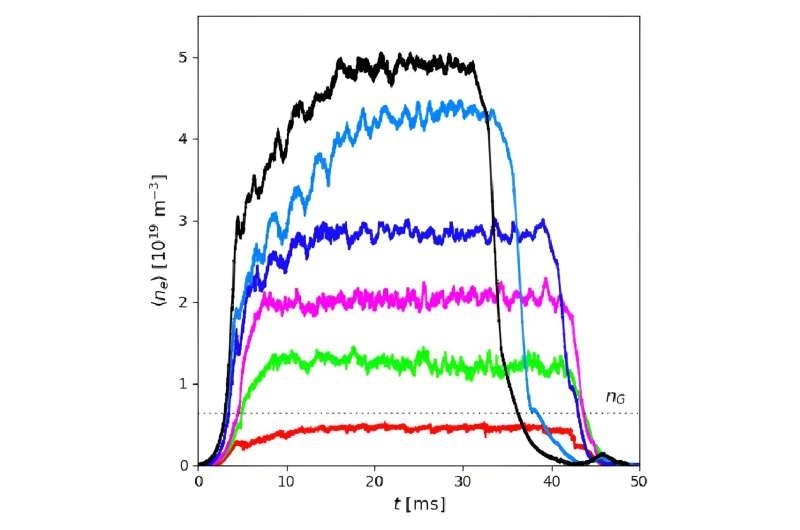Researchers at the University of Wisconsin–Madison have made a groundbreaking discovery in the quest for fusion energy. They have successfully produced a tokamak plasma that is stable at 10 times the Greenwald limit, a crucial milestone in the pursuit of net-positive fusion energy.

Exceeding the Density Limit
The Greenwald limit is one of the principal obstacles in the design and development of tokamak fusion reactors. For nearly four decades, the plasma limit was thought to be 2.1; discovered in 1987 by physicist Martin Greenwald, it is the highest density a tokamak plasma can reach before becoming unstable.
It should be noted that earlier attempts to evade this limit had succeeded at best in a factor of two. Reseachers at the University of Wisconsin–Madison, however, have produced a tokamak plasma that is stable up to 10 times the Greenwald limit.
The advance is of critical importance, as density is one of the essential parameters that must be achieved in order to reach net positive fusion. The more atomic nuclei collide, the greater the density of atomic nuclei being thrown at one another, which will make the fusion reaction that much more efficient. Experimental validation of the tactic would represent a large advance toward realizing tokamak fusion reactors’ full potential by breaking through the Greenwald limit.
The Madison Symmetric Torus
The device used in this landmark experiment is the Madison Symmetric Torus (MST) a novel tokamak designed to be run as a tokamak. The MST is unique among other tokamaks because of the big metallic donut that suspends the plasma, which can operate more solidly.
Also in 2018, the MST scientists were awarded funding to design programmable power supplies to allow them to generate many toroidal plasma configurations from tokamak to reversed field pinch. Led by Scientist Noah Hurst, this enabled the researchers to examine the bounds of how stable plasma could be in the MST.
When Hurst started, he wanted to see if it was possible to drive the plasma unstable but found that even at over 10× Greenwald density, the plasma was still stable. The unexpected find has important consequences for the development of tokamak fusion reactors.
Conclusion
But the process used by the University of Wisconsin–Madison researchers could offer a way around that problem and be a game-changer in the pursuit of net-positive fusion energy. Through doing so they proved that a tokamak plasma can be established at 10 times the Greenwald limit in practice, which opens up new opportunities for fusion reactor designs and operations. Although the results are not directly translatable to current fusion reactor concepts, the knowledge gained should be valuable for advanced (reactor class) high performance situations, paving a way toward development of a sustainable energy source with nuclear fusion.
